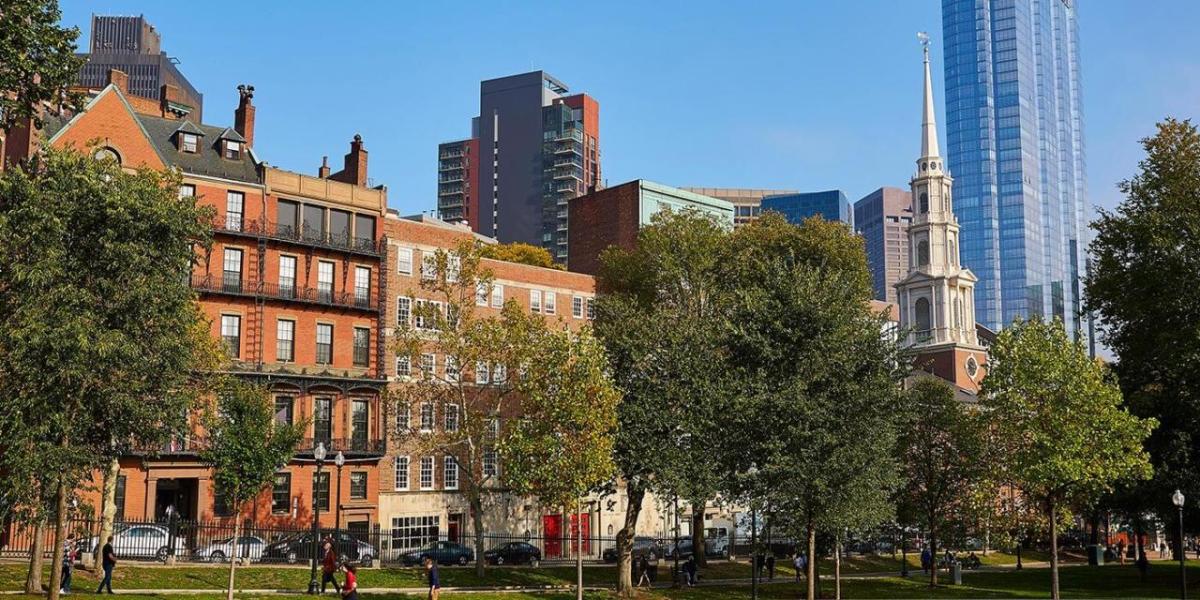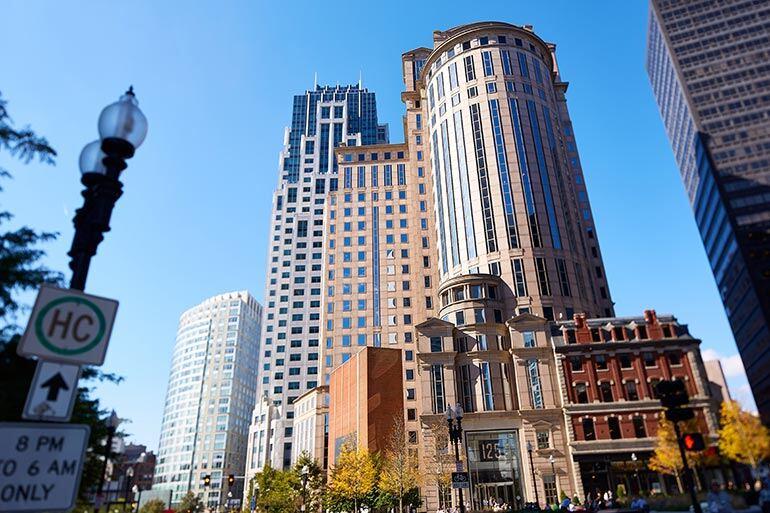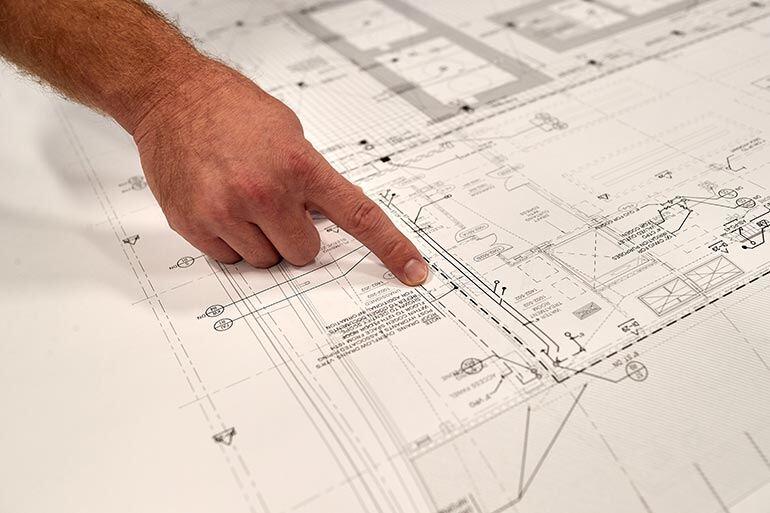Massachusetts BEUDO and BERDO Compliance Kickstart in 2025 - Are You Prepared?
The clock is ticking for building owners in Cambridge and Boston, where if you haven’t already begun the process of obtaining a Power Purchase Agreement (PPA) it may already be too late to avoid the impending 2025 penalties associated with BUEDO and BERDO regulations.
While avoiding any fees may not be possible, the sooner you set up your PPA the sooner you can move forward with compliance for these Massachusetts city ordinances. This will help alleviate accumulating too many fines, which over time can add up to millions of dollars.
What are BEUDO and BERDO?
Cambridge’s Building Energy Use Disclosure Ordinance (BEUDO) and Boston’s Building Emissions Reduction and Disclosure (BERDO) are two city ordinances that require large city buildings to reach net zero emissions by 2050, with strict benchmarks set to cut emissions every few years. The ultimate goal of both these ordinances is to reduce pollution and greenhouse gas emissions from large buildings, helping to mitigate the effects of climate change.
While timelines vary for each ordinance, here’s a breakdown of what building owners need to prepare for.
BEUDO (Cambridge)
Emissions requirements are set based on the size of your building, with larger buildings (over 100,000 sq. ft.) reporting their first reductions in 2026. These buildings must reduce their emissions 20% by 2026, and reduce an additional 40% every five years until they reach net zero by 2035.
For buildings under 100,000 sq. ft., there is no immediate emissions requirement, but starting in 2030 they are required to reduce emissions by 40% and an additional 20% every five years until they reach net zero by 2050. The baseline for the program is the average of usage in 2018 to 2019. For buildings built after 2019, the baseline is the average of the first two full years of usage following construction completion.
Reporting on building usage and renewable purchases have already kicked in, with each report due on May 1 for the prior year.
BERDO (Boston)
Boston’s ordinance sets a schedule of maximum allowable emissions for buildings over 20,000 sq. ft., which will gradually decline to net zero carbon intensity by 2050. Enforcement of this schedule begins in 2025.
Annual compliance filings as well as 3rd party verification of building consumption and filing accuracy are required annually, with the first report due in 2022. Emissions can be offset by MA Class I RECs or renewable Power Purchase Agreements.
How steep are the fines?
In both Cambridge and Boston, customers that exceed the city’s emissions targets are subject to penalties of $234 per metric ton of CO₂, which can add millions of dollars annually to operating costs for some of the city's largest consumers, beginning in 2026.
In addition to this, BEUDO sets a fine of $300 per day per building if it doesn’t meet any reporting, verification or emissions requirements while BERDO sets fines from $300 per day for failure to submit timely and accurate filings to $1,000 per day for failure to comply with the emissions targets.
While these may not sound like steep penalties, they add up quickly. For a representative 350,000 sq. ft. building in Cambridge, this would amount to approximately $200,000 in fines annually for 2026-2029, which increases to approximately $350,000 in fines annually for 2030-2034. For a representative 1,000,000 sq. ft. building in Boston, these fines would amount to approximately $1.5 million annually from 2025-2030, which would increase to approximately $3.5 million from 2030-2034.
How do Renewable Energy Certificates, Power Purchase Agreements and Carbon Offsets Factor into Compliance?
The ultimate goal of both these city ordinances is to achieve net zero. The most effective way to do that in the long term is to start with efficiency, waste reduction and reduced energy use across all aspects of your operations. This may not be feasible or cost effective in many buildings, particularly over the next decade, so Renewable Energy Certificates (REC) and PPAs can be used to offset your remaining emissions during the program compliance period.
Both BUEDO and BERDO have specific guidelines on what offsets and certificates are accepted. PPAs are likely the least costly mechanism for building owners to comply with these ordinances, especially in Cambridge where stand-alone RECs are not eligible for compliance.
Cambridge’s ordinance only allows RECs to be used if it comes from a project with additionality through a PPA, and a building cannot offset emissions using RECs purchased from the open marketplace. In addition, Cambridge allows carbon offsets to be used for buildings more than 100,000 sq. ft., but those buildings cannot report the offsets as part of their compliance until after 2030.
In Boston, your options are:
- Purchasing MA Class I RECs from the open marketplace; Current market price is ~$40 per REC
- Entering into a PPA for MA Class I RECS; Price is ~$8 to $20 per REC
- Paying the $234 per metric ton penalty, thus doing nothing and spending more in the long run
- Carbon offsets are not allowed through BERDO
What should I do if I haven’t started preparing for BEUDO/BERDO?
If your building is in Boston or Cambridge and qualifies under the cities’ ordinances, you should already be submitting annual emissions reports. Now, with the first required reductions set for 2025 in Boston and 2026 for Cambridge, you should start tapping PPAs, RECs or carbon offsets to hit your target.
It is important to keep in mind that approximately two years of runway is needed for a PPA to successfully start. A PPA requires offtakers to be established before the project is built, so there will be approximately six months of contract negotiations needed to work out all the details. After negotiations, contracts need to be executed in tandem with other offtakers. Once contracts are executed, there will be approximately one and a half years of time needed for the project to be built, interconnected with the grid and fully certified before power will start flowing for it.
Because of these time constraints and the pending requirements from the ordinances, it is pertinent to start investigating options as soon as you can if you haven’t started. First, you’ll want to educate yourself on what specifics are required for your building, and working with a knowledgeable partner that understands the details of each ordinance will help you save time and money.






